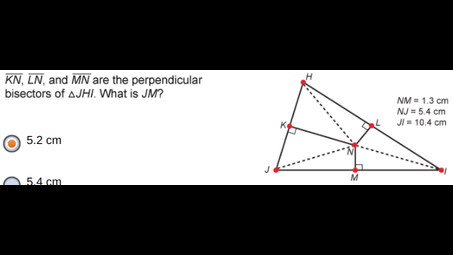What else can I help you with?
When was MG KN created?
MG KN was created in 1933.
How much is 1n in kn?
To convert newtons (N) to kilonewtons (kN), you divide the number of newtons by 1,000, since 1 kN equals 1,000 N. Therefore, 1 N is equal to 0.001 kN.
How do you work out Ln 24 - ln x equals ln 6?
18
How many KN in 1 ton?
1 ton (force) = 9964.016 newtons = 9.964016 KN
If you have a number with the exponent x how do you find the answer?
Take the natural logarithm (ln) of both sides of the equation to cancel the exponent (e). For example, ify=Aexlog transform both sides and apply the rules of logarithms:ln(y)=ln(Aex)ln(y)=ln(A)+ln(ex)ln(y)=ln(A)+xrearrange in terms of x:x=ln(y)-ln(A), or more simplyx=ln(y/A)
What dose meaning of 120 kn disc insulator?
A 120 kN disc insulator refers to the maximum load capacity that the insulator can withstand before breaking or failing. In this case, it can withstand a load of 120 kilonewtons before reaching its breaking point.
What is 288 kN in kg?
To convert kilonewtons (kN) to kilograms (kg), you can use the conversion factor where 1 kN is approximately equal to 101.97 kg. Therefore, 288 kN is equivalent to about 29,344 kg (288 kN × 101.97 kg/kN).
KN into N?
why is kn reading as n
What is 3645N rounded to the nearest kN?
4 kN4 kN4 kN4 kN
Convert 37.5 ton to kN?
To convert from tons to kilonewtons (kN), you can use the conversion factor 1 ton = 9.807 kN. Therefore, 37.5 tons is equal to 37.5 * 9.807 = 367.8375 kN.
What is 1.6kn in kg?
To convert kilonewtons (kN) to kilograms (kg), you can use the conversion factor where 1 kN is approximately equal to 101.97 kg. Therefore, 1.6 kN is equal to about 162.95 kg (1.6 kN × 101.97 kg/kN).
When was MG KN created?
MG KN was created in 1933.
What is an expression of avogadros law?
V=kn
How would you solve ln 4 plus 3 ln x equals 5 ln 2?
Ln 4 + 3Ln x = 5Ln 2 Ln 4 + Ln x3= Ln 25 = Ln 32 Ln x3= Ln 32 - Ln 4 = Ln (32/4) = Ln 8= Ln 2
A warning sound starting with kn?
Knock is a warning sound. It begins with the letters KN.
How much is 330kn in kg?
To convert kilonewtons (kN) to kilograms (kg), you can use the conversion factor 1 kN = 101.97 kg. Therefore, 330 kN is equal to 33651 kg (330 kN * 101.97 kg/kN).
What is a kn load rating in pounds?
1 kN = 225 pounds

